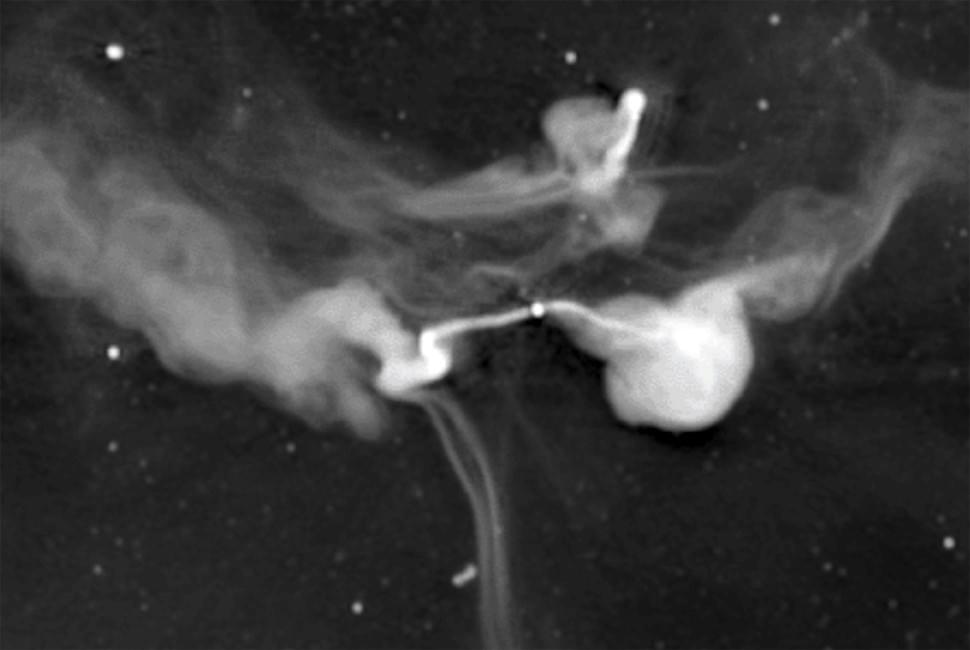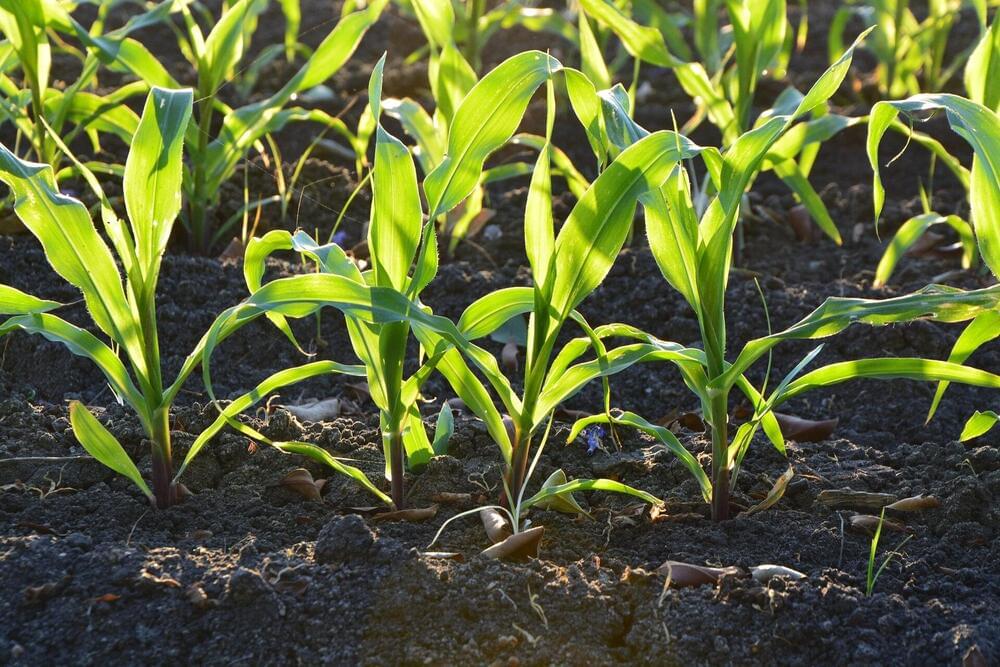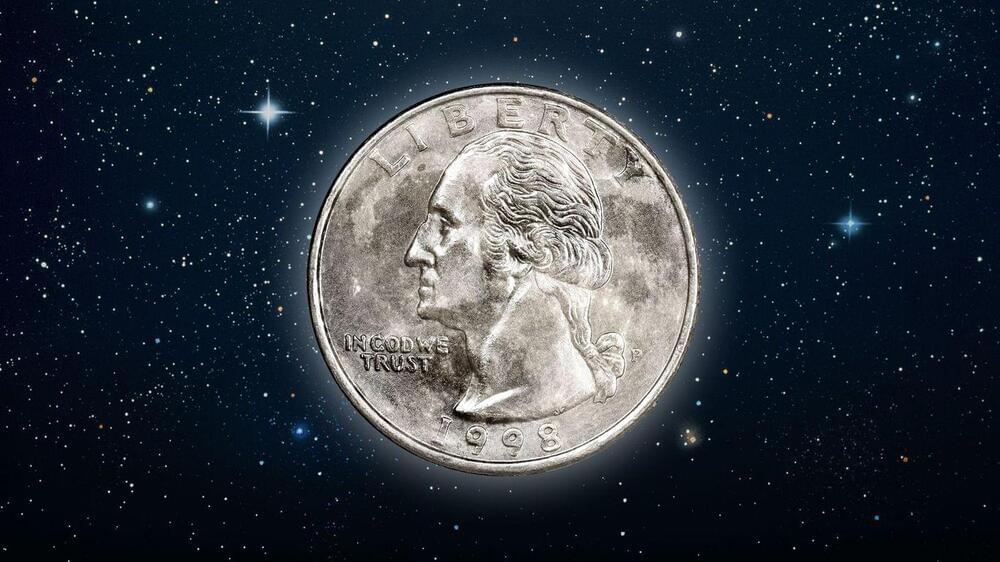Astronomers remain puzzled by massive cosmic structures, filaments in deep space, that are larger than some galaxies.



A University of Maryland researcher and colleagues found that the fungus Metarhizium robertsii removes mercury from the soil around plant roots, and from fresh and saltwater. The researchers also genetically engineered the fungus to amplify its mercury detoxifying effects.
Mercury pollution of soil and water is a worldwide threat to public health. This new work suggests Metarhizium could provide an inexpensive and efficient way to protect crops grown in polluted areas and remediate mercury-laden waterways.
The study, which was conducted by UMD professor of entomology Raymond St. Leger and researchers in the laboratory of his former post-doctoral fellow, Weiguo Fang (now at Zhejiang University in Hangzhou, China), was published in Proceedings of the National Academy of Sciences (PNAS) on November 14, 2022.
🔺An ambient Sci Fi journey that evolves from light to dark, evoking imagery of distant, undiscovered secrets of the beyond. Let the music guide your mind and prepare for a ride smile In all seriousness though, this is quite a nice one. Not superhappy with the results, but it’s good enough. It’s reminescent of my older sci fi journeys. At times you may find it to dark and pressing, but the light will come again. Also, the ambience in this one is really cool. I took my time to sound design passing spaceships and shuttles as distant traffic in the background and it works extremely well and feels totally believable imo. Think I’m gonna do a video just for that ambience. Oh, visuals is kinda great too smile Thanks for your support guys smile Have a great day everyone🔺 SEO: I create ambient space music, ambient sci fi music, ambient cyberpunk music, ambient fantasy music to be used as ambient background music. You can use the music as ambient music for study, ambient music for focus, ambient music for work, ambient music for sleep, ambient music for relaxation, ambient music for reading, ambient music for writing — whatever really smile All my ambient music contains rain ambience or nature ambience. My music is best described as atmospheric ambient music, soothing ambient music, relaxing ambient music, tranquil ambient music, ethereal ambient music, cinematic ambient music, dark ambient music.
Note:
All music on this channel is not to be used without permission. It’s made for this channel only and is protected by Youtube Copyright law.
Please help the channel by liking 👍, write a comment ✏️ and subscribe 🔔, thanks 🙏!
Programs & equipment!
AUDIO CREATED WITH:
Propellerhead Reason.
Audition.
Reaper.
Waves Plugins.
VISUALS CREATED WITH:

Today, the number of confirmed exoplanets stands at 5,197 in 3,888 planetary systems, with another 8,992 candidates awaiting confirmation.

The Solaris program will study space-based solar power amid rising energy concerns.
The European Space Agency (ESA) is set to approve a three-year study to determine whether sending huge solar farms into space could effectively meet the world’s energy demands, a report from the BBC reveals.
So, if all goes to plan, the technology could one day harvest massive amounts of energy from space — enough to power millions of homes.
ESA / A. Treuer.
A space-based solar power plant would be launched into a geostationary orbit, meaning it would orbit in a fixed location over the Earth that would be hit by the Sun 24/7.

NASA’s unpiloted Orion moonship, sailing smoothly toward a remote lunar orbit after a spectacular low-altitude flyby Monday, is operating in near-flawless fashion, mission managers reported Monday, out-performing expectations on a flight to pave the way toward the first piloted mission in 2024.
An analysis of the huge Space Launch System rocket that boosted the Orion capsule on its way early Wednesday showed it performed almost exactly as expected, taking off atop 8.8 million pounds of thrust and producing a ground-shaking shock wave that literally blew the doors off launch pad elevators.
The core stage’s four upgraded space shuttle main engines and twin solid-fuel boosters propelled the 322-foot-tall rocket out of the atmosphere and into space almost exactly as planned. At main engine cutoff, the SLS was within 3 miles of its target altitude and within 5 mph of the predicted velocity.

It will be the sight of astronauts on the moon, their gaze drawn to the strange movements of planet Earth and its sun, something that is sure to be an amusing sight for future NASA astronauts at the moon’s south pole.
This visualization shows the unusual movements of the Earth and the Sun as seen from the South Pole of the Moon. The animation compresses three months (a little over three lunar days) into two minutes. The virtual camera is on the rim of the Shackleton crater, partially visible in the lower right, and is pointed at Earth. The mountain on the horizon, some 85 miles away, is unofficially known as Mons Malapert.
Here, the Sun glides across the horizon, never more than 1.5 degrees above or below it, while the Earth bobs up and down, never straying from 0° longitude. The Earth appears to be upside down and spinning backward. The Sun’s perpetually low angle casts extremely long swirling shadows over the rugged lunar terrain.
In the second month of the visualization, the Earth passes in front of the Sun, creating an eclipse. For observers on Earth, this is a lunar eclipse, in which the Moon passes through the shadow cast by the Earth. However, seen from the Moon, it is an eclipse of the Sun.
Video Credit: NASA Goddard Space Flight Center Visualizations by: Ernie Wright (USRA) Narrated by: Ernie Wright (USRA) Produced and Edited by: David Ladd (AIMM) Principal Scientist: Noah Petro (NASA/GSFC) Technical Support: Laurence Schuler (ADNET), net. /Jones (ADNET)
Music provided by Universal Production Music: “Enwhileing Faith” — Frederik Wiedmann.
https://svs.gsfc.nasa.gov/4944. https://nasa.gov/multimedia/guidelines.
Godard of NASA.
Watch live as NASA’s Orion spacecraft performs a close approach of the lunar surface on its way to a distant retrograde orbit, a highly stable orbit thousand…